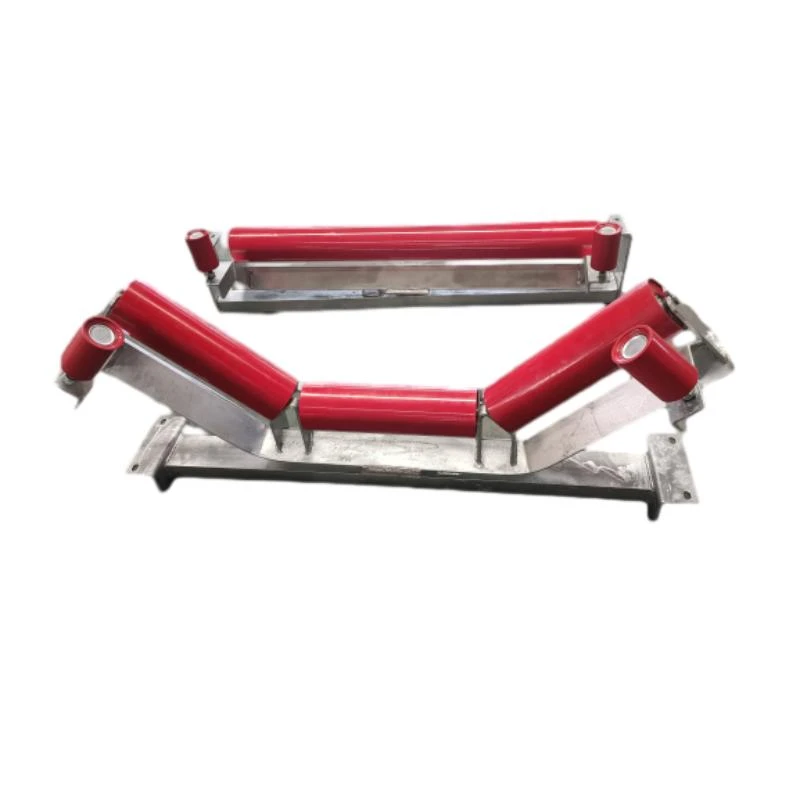 Afrikaans
Afrikaans  Albanian
Albanian  Amharic
Amharic  Arabic
Arabic  Armenian
Armenian  Azerbaijani
Azerbaijani  Basque
Basque  Belarusian
Belarusian  Bengali
Bengali  Bosnian
Bosnian  Bulgarian
Bulgarian  Catalan
Catalan  Cebuano
Cebuano  Corsican
Corsican  Croatian
Croatian  Czech
Czech  Danish
Danish  Dutch
Dutch  English
English  Esperanto
Esperanto  Estonian
Estonian  Finnish
Finnish  French
French  Frisian
Frisian  Galician
Galician  Georgian
Georgian  German
German  Greek
Greek  Gujarati
Gujarati  Haitian Creole
Haitian Creole  hausa
hausa  hawaiian
hawaiian  Hebrew
Hebrew  Hindi
Hindi  Miao
Miao  Hungarian
Hungarian  Icelandic
Icelandic  igbo
igbo  Indonesian
Indonesian  irish
irish  Italian
Italian  Japanese
Japanese  Javanese
Javanese  Kannada
Kannada  kazakh
kazakh  Khmer
Khmer  Rwandese
Rwandese  Korean
Korean  Kurdish
Kurdish  Kyrgyz
Kyrgyz  Lao
Lao  Latin
Latin  Latvian
Latvian  Lithuanian
Lithuanian  Luxembourgish
Luxembourgish  Macedonian
Macedonian  Malgashi
Malgashi  Malay
Malay  Malayalam
Malayalam  Maltese
Maltese  Maori
Maori  Marathi
Marathi  Mongolian
Mongolian  Myanmar
Myanmar  Nepali
Nepali  Norwegian
Norwegian  Norwegian
Norwegian  Occitan
Occitan  Pashto
Pashto  Persian
Persian  Polish
Polish  Portuguese
Portuguese  Punjabi
Punjabi  Romanian
Romanian  Russian
Russian  Samoan
Samoan  Scottish Gaelic
Scottish Gaelic  Serbian
Serbian  Sesotho
Sesotho  Shona
Shona  Sindhi
Sindhi  Sinhala
Sinhala  Slovak
Slovak  Slovenian
Slovenian  Somali
Somali  Spanish
Spanish  Sundanese
Sundanese  Swahili
Swahili  Swedish
Swedish  Tagalog
Tagalog  Tajik
Tajik  Tamil
Tamil  Tatar
Tatar  Telugu
Telugu  Thai
Thai  Turkish
Turkish  Turkmen
Turkmen  Ukrainian
Ukrainian  Urdu
Urdu  Uighur
Uighur  Uzbek
Uzbek  Vietnamese
Vietnamese  Welsh
Welsh  Bantu
Bantu  Yiddish
Yiddish  Yoruba
Yoruba  Zulu
Zulu return roller for conveyor belt
Understanding Return Rollers for Conveyor Belts
Conveyor belts are essential components in many industries, facilitating the smooth and efficient transportation of materials. One critical part of any conveyor system is the return roller. This article delves into the importance, functionality, and maintenance of return rollers, providing insights into their role in the overall conveyor system.
What is a Return Roller?
A return roller is a type of roller located on the return side of a conveyor belt. Its primary function is to support the belt as it returns to the loading area after discharging its cargo. These rollers are typically installed at regular intervals along the length of the conveyor and account for a significant portion of the operational efficiency of the belt system.
Importance of Return Rollers
Return rollers serve several vital functions within a conveyor system
1. Support They bear the weight of the conveyor belt, ensuring that it maintains proper alignment and tension throughout its operation. By providing this support, return rollers help prevent sagging, which can lead to material spillage and other operational issues.
2. Reducing Wear By minimizing friction between the belt and the frame of the conveyor, return rollers play a crucial role in reducing wear and tear on both the belt and the conveyor system itself. This function is particularly important in environments where heavy materials are frequently transported.
3. Alignment Properly functioning return rollers help maintain the alignment of the conveyor belt. Misalignment can cause significant issues, such as excessive wear on the belt, increased energy consumption, and even damage to the conveyor structure. Return rollers help keep the belt centered and correctly aligned as it journeys back to the loading position.
4. Dust and Material Control Return rollers can also assist in controlling dust and debris that can accumulate on the conveyor. Some designs include features such as guards or skirting, which help contain the materials being transported, thereby minimizing environmental impact and ensuring workplace safety.
Types of Return Rollers
return roller for conveyor belt

Return rollers come in various designs, with each type suited for different applications and operational conditions
. Common types include- Flat Return Rollers The standard type, primarily used in most conveyor systems. They are designed to provide firm support and stability to the belt during the return run.
- Rubber Coated Return Rollers These feature rubber sleeves to help reduce noise and vibration, offering a quieter operation and combating wear through enhanced grip.
- Self-Cleaning Return Rollers Ideal for environments where material buildup may be a concern. These rollers have a design that helps dislodge materials stuck to the belt during its return.
Maintenance of Return Rollers
Regular maintenance is essential to ensure the efficient operation of return rollers. Key maintenance practices include
- Inspection Routine visual inspections can help detect wear, alignment issues, or any signs of damage. Prompt identification of issues can prevent costly downtime.
- Lubrication Many return rollers are equipped with bearings that need to be lubricated periodically. Proper lubrication reduces friction and enhances the longevity of the rollers.
- Adjustment and Alignment Ensuring that return rollers are properly aligned and adjusted can significantly reduce belt wear and maintain efficient operation.
Conclusion
Return rollers are an integral part of conveyor systems, playing a crucial role in supporting, aligning, and maintaining the efficiency of the belt. By understanding the significance of these components and committing to regular maintenance, businesses can optimize their conveyor systems, reduce operational costs, and ensure the safe transport of materials. Whether in manufacturing, mining, or logistics, the importance of return rollers cannot be overstated, as they contribute significantly to the uninterrupted flow of operations.
-
Taper Centering Idler Set for Conveyor SystemsNewsJun.25,2025
-
Small Idler Rollers for Industrial ConveyorsNewsJun.25,2025
-
Guide Training Idler Set for Conveyor MaintenanceNewsJun.25,2025
-
Friction Offset Idler Set for Industrial UseNewsJun.25,2025
-
Double-Center-Roller Idler AlignmentNewsJun.25,2025
-
Channel Inset Impact Troughing Idler Set for Heavy LoadsNewsJun.25,2025





























